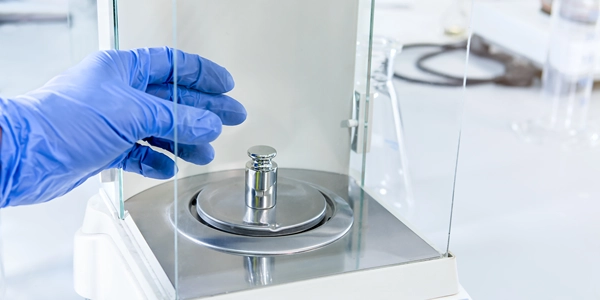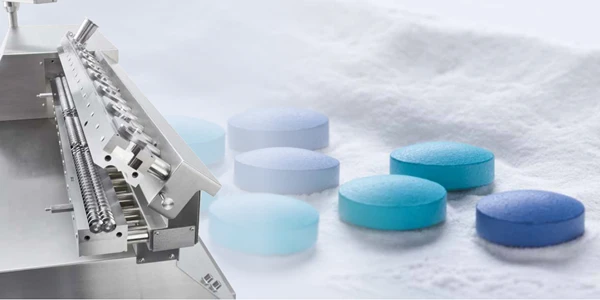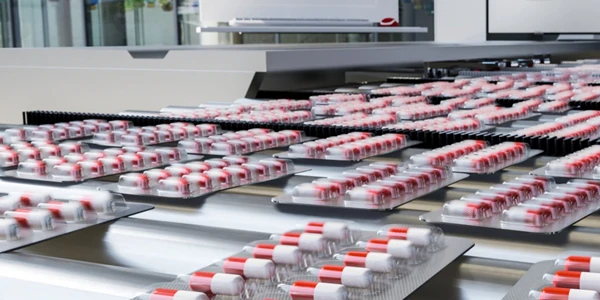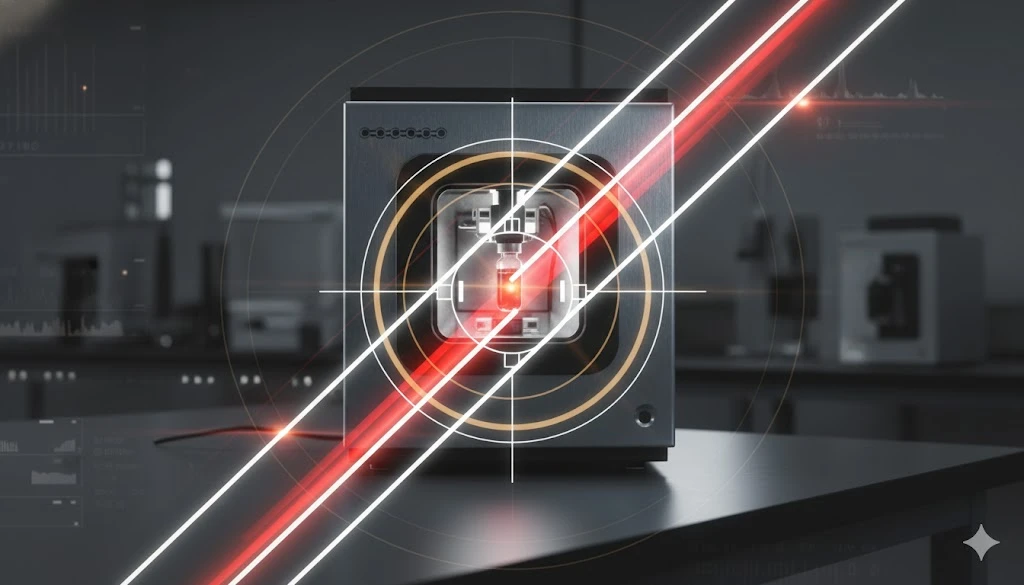Key Performance Metrics to Consider When Purchasing a Laboratory Balance

Whether you’re running a pharmaceutical QA lab or conducting academic research, choosing the right laboratory balance is critical to ensuring reliable and reproducible results. But with a wide variety of models on the market, understanding the performance metrics that truly matter can help you make a more informed investment.
Below are the key metrics every lab professional should evaluate before purchasing a balance:
1. Readability
What it is: The smallest weight increment a balance can display.
Why it matters: Determines how finely the balance can measure a sample.
Example: A balance with 0.1 mg readability is more precise than one with 1 mg readability.
Look for: Readability that matches the sensitivity required for your application.
2. Repeatability
What it is: The balance’s ability to deliver consistent results under the same conditions.
Why it matters: High repeatability ensures that repeated measurements yield the same result, which is critical for QC and compliance.
Look for: Manufacturer-provided standard deviation values (e.g., 0.1 mg).
3. Linearity
What it is: The accuracy of measurements across the entire weighing range.
Why it matters: Ensures that the balance provides accurate results at both low and high sample weights.
Look for: Linearity values as low as possible, typically given in mg or g.
4. Stabilization Time
What it is: The time it takes for the balance to display a final result after a load is applied.
Why it matters: A shorter stabilization time increases throughput and reduces delays.
Look for: Times under 2 seconds for standard lab work, or <5 seconds for ultra-micro balances.
5. Tare Range
What it is: The maximum weight the balance can subtract when taring a container.
Why it matters: A larger tare range increases flexibility when weighing heavier vessels.
Look for: A tare range close to or equal to the full weighing capacity.
6. Drift and Sensitivity to Environment
What it is: The degree to which external factors (e.g., airflow, vibrations, static) affect the balance.
Why it matters: Ensures accurate results in real-world lab conditions.
Look for: Built-in draft shields, vibration compensation, or antistatic measures.
7. Calibration Type
What it is: Internal vs. external calibration mechanisms.
Why it matters: Internal calibration ensures greater accuracy and saves time during routine use.
Look for: Fully automatic or semi-automatic internal calibration for regulated environments.
8. Minimum Sample Weight
What it is: The smallest weight that can be accurately measured while staying within the acceptable margin of error.
Why it matters: Crucial for pharmaceutical applications governed by USP or PhEur standards.
Look for: Manufacturer-provided minimum sample weights based on 0.1% or 0.01% accuracy.
9. Data Handling and Output
What it is: The ability to store, export, and trace weighing data.
Why it matters: Supports compliance and efficiency in digital workflows.
Look for: USB, Ethernet, or RS-232 ports, and compatibility with LIMS or ERP systems.
Conclusion
Purchasing a lab balance isn’t just about the brand or price—it’s about matching performance metrics to your lab’s specific needs. Carefully reviewing specifications like readability, repeatability, and stabilization time ensures that your balance supports both accuracy and efficiency in your workflow.










